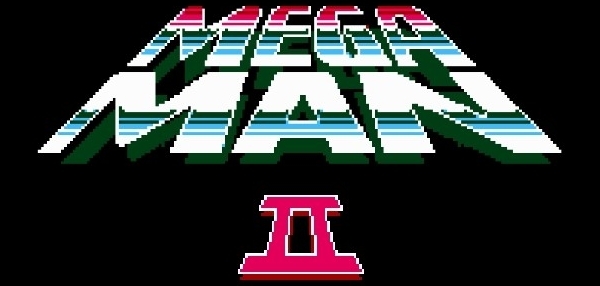
The latest VGC Essay looks at the the blockbuster success born out of the simple ambitions of Mega Man 2. Here’s a teaser…
The first Mega Man game is a bit of an odd duck, which has become even more pronounced as the years go by. The graphics are simplistic, the sound is tinny, there’s only six Robot Masters instead of the traditional eight, and there’s even a score counter (a feature that was jettisoned from the dozens of sequels that followed). There’s just a smoothness to subsequent games in the franchise that Capcom had yet to master with the first entry.
But like most Mega Man fans, I only learned all this after the fact. At the time, whatever memories I have of the first game were formed by guide writers who described it as an unfairly difficult game, old episodes of Captain N, and the fact that none of the local rental outlets owned a copy (unsurprisingly, Lee Trevino’s Fighting Golf was always available).
I finally got the chance to see what all the fuss was about with Mega Man 2, which was also the first game in the Mega Man franchise to be spearheaded by Capcom’s Keiji Inafune. With an expanded role in the sequel’s development, Inafune became known as the “Father” of Mega Man to plenty of fans, and codified many of the traditions and patterns the series is known for.
